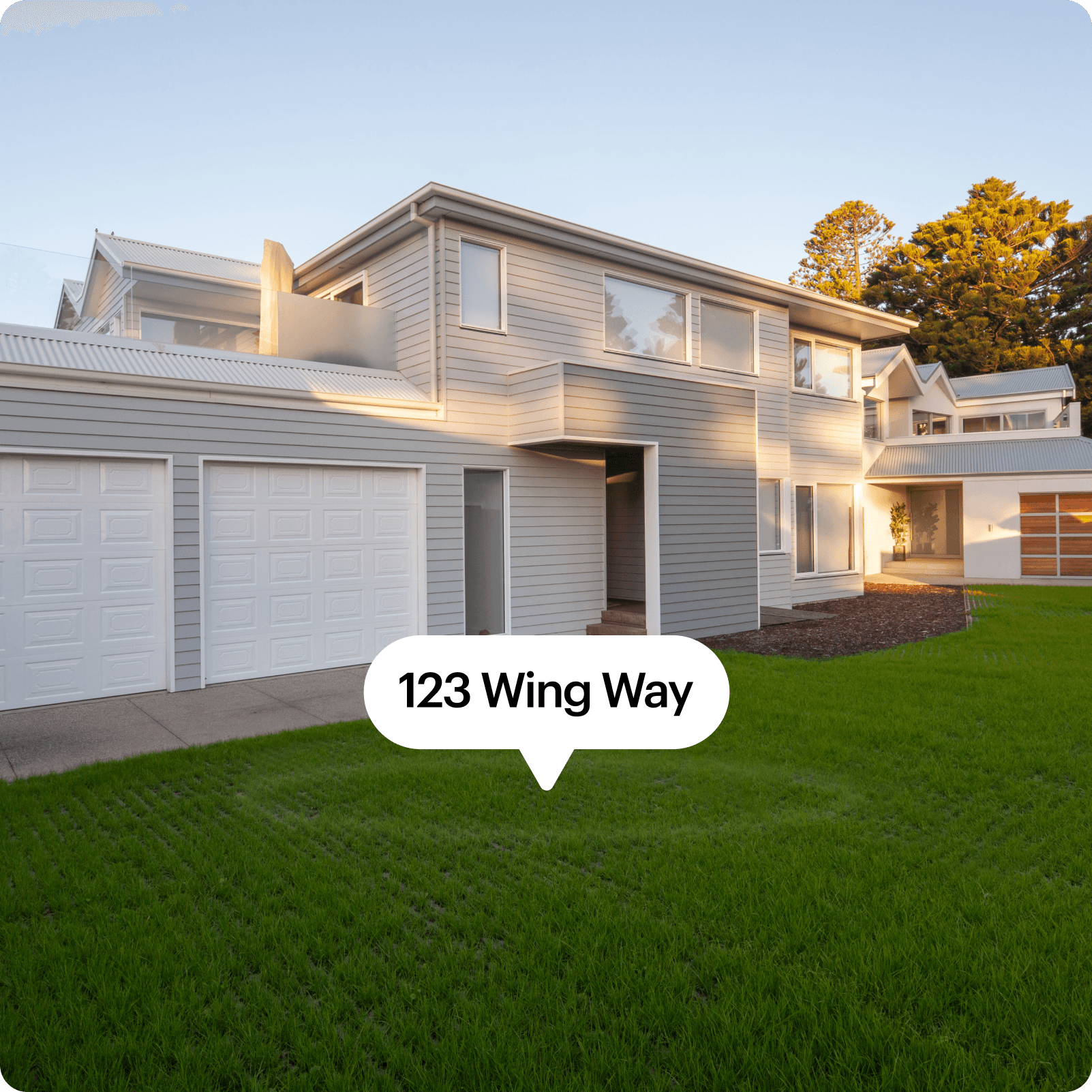Start your order
Order in moments. Get it in minutes. Right when you need it.
01
Shop with our partners
Access Wing through apps you already use like Walmart and DoorDash, or Wing’s own marketplace. Just browse what you need. Note that smaller items are more likely to be available by drone delivery.
02
Select your delivery spot
03
Check your delivery countdown
04
Enjoy!
01
Shop with our partners
Access Wing through apps you already use like Walmart and DoorDash, or Wing’s own marketplace. Just browse what you need. Note that smaller items are more likely to be available by drone delivery.






























































































































































































